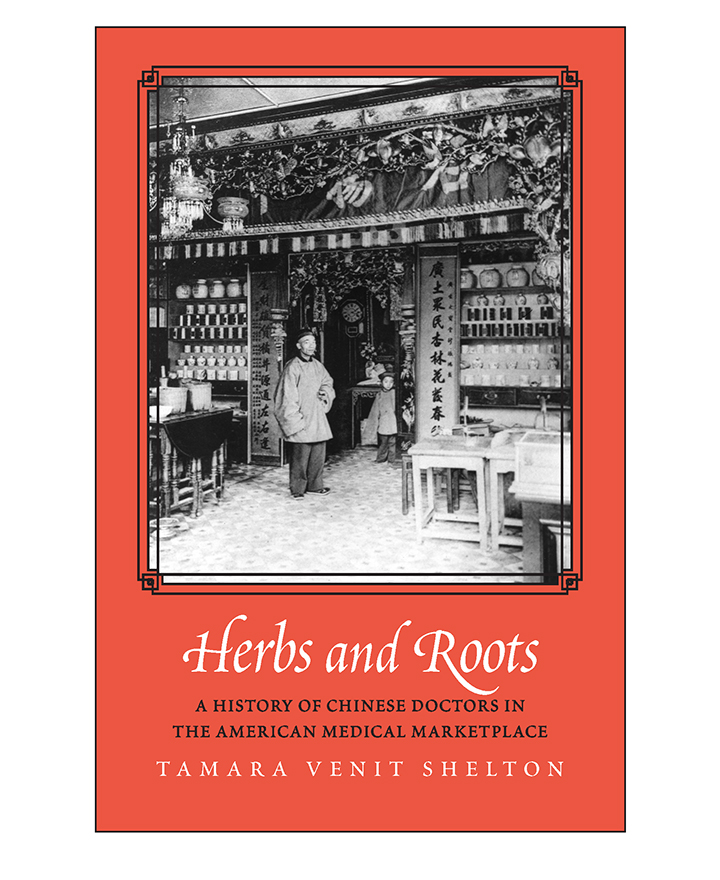Herbs and Roots: The Long History of Chinese Medicine in the United States
-----
 This talk chronicles roughly two hundred years of Chinese medicine as a dynamic system
of knowledge, therapies, and materia medica brought to the United States and transformed
by immigrants, doctors, and patients as well as missionaries, scientists, and merchants.
Well before mass emigration from China to the United States began, Chinese materia
medica crossed the oceans in both directions: Chinese medicinal teas and herbs came
west while Appalachian ginseng went east. Beginning in the 1850s, Chinese immigrants
came to the United States and transplanted their health practices, establishing businesses
that catered to both Chinese and non-Chinese patients. Although acupuncture is the
modality most commonly associated with Chinese medicine in today’s medical marketplace,
up until the 1970s, Chinese healers in the United States typically specialized in
diagnosis by pulse (or pulsology) and prescriptions derived from mineral, zoological,
and botanical (or herbal) sources. Over time, Chinese medicine both facilitated and
undermined the consolidation of medical authority among formally trained western-style
medical scientists.
This talk chronicles roughly two hundred years of Chinese medicine as a dynamic system
of knowledge, therapies, and materia medica brought to the United States and transformed
by immigrants, doctors, and patients as well as missionaries, scientists, and merchants.
Well before mass emigration from China to the United States began, Chinese materia
medica crossed the oceans in both directions: Chinese medicinal teas and herbs came
west while Appalachian ginseng went east. Beginning in the 1850s, Chinese immigrants
came to the United States and transplanted their health practices, establishing businesses
that catered to both Chinese and non-Chinese patients. Although acupuncture is the
modality most commonly associated with Chinese medicine in today’s medical marketplace,
up until the 1970s, Chinese healers in the United States typically specialized in
diagnosis by pulse (or pulsology) and prescriptions derived from mineral, zoological,
and botanical (or herbal) sources. Over time, Chinese medicine both facilitated and
undermined the consolidation of medical authority among formally trained western-style
medical scientists.
Tamara Venit-Shelton is an associate professor of history at Claremont McKenna College. She earned a Ph.D. in history from Stanford University, and was an assistant professor of history and environmental studies at Reed College prior to her current position. Her first book, Squatter’s Republic: Land and the Politics of Monopoly in California, 1850-1900 (University of California Press, 2013), studies the ideal of landed independence and its significance for Gilded Age politics in California. Her second book, Herbs and Roots: A History of Chinese Doctors in the American Medical Marketplace is now available from Yale University Press.
-----


